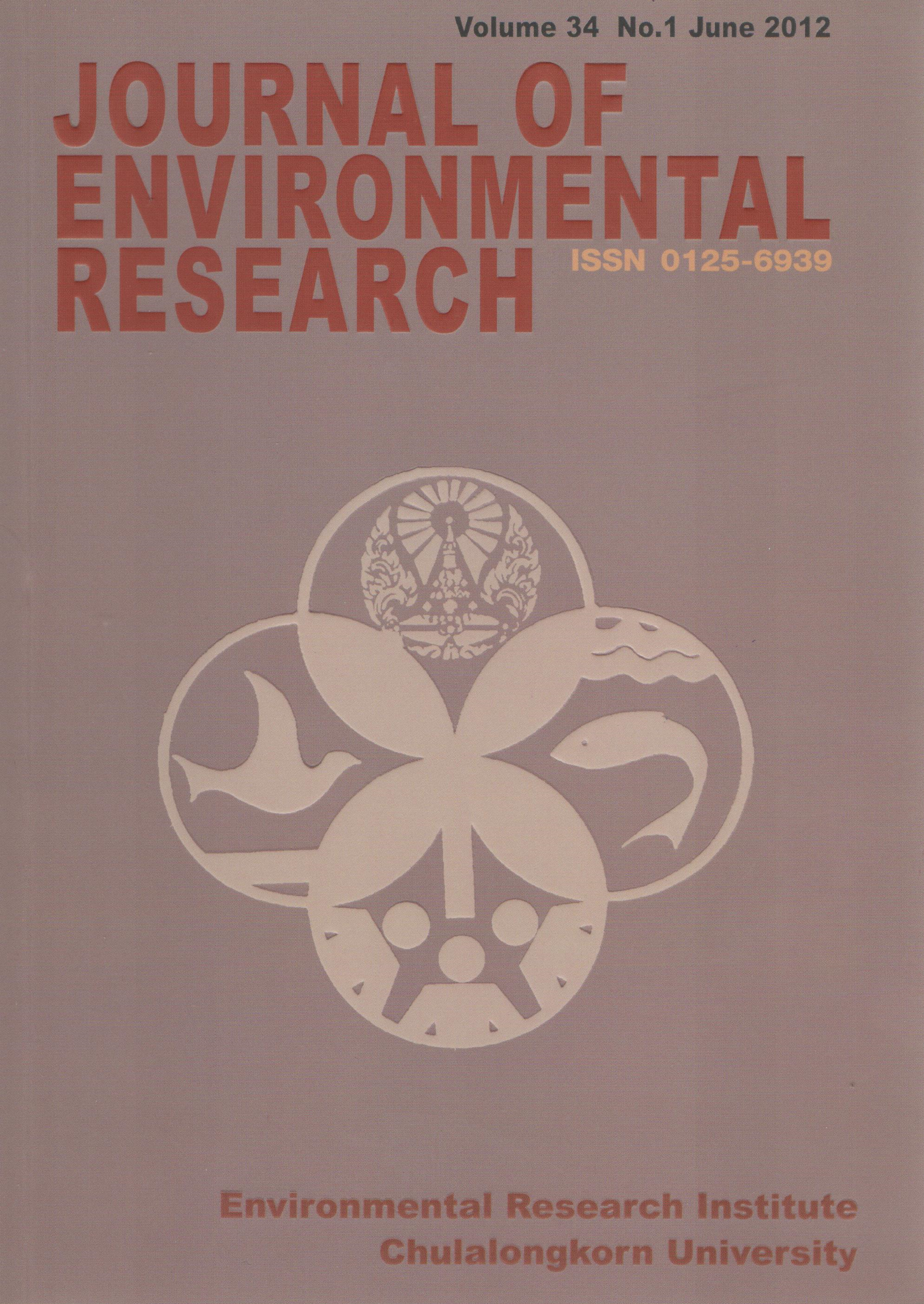Utilization of Silica Waste to Replace Silica Fume for Mixed Mortar
Main Article Content
Abstract
This research investigated the utilization of silica waste to replace the imported condensed silica fume for the production of ready mixed mortar. The silica waste was classified using sieve analysis procedures in order to achieve a high degree of fineness with a spherical shape and average particle size of 3.2 microns. Classified silica waste was used to replace 10 % volume content weight of Type I Portland cement to produce ready mixed mortar. In addition, the samples of condensed silica fume obtained from a representative supplier were also used to produce ready mixed mortar by replacing 10 % cement by weight. The water binder ratio was fixed at 0.4 for all samples. The compressive strength of the concrete samples containing classified silica waste and condensed silica fumes was determined and compared at curing times of 7, 14 and 28 d. The results revealed that mortar mixed with condensed silica fume produced the highest compressive strength. For the mortar mixed with silica waste samples, the mortar with 10 % classified silica waste was found to produce the highest compressive strength. The use of classified silica waste replacement at 10 % of cement was compatible with condensed silica fume as 10 % of the cement yielding nearly the same compressive strength of mortar at the curing age of 28 d. In addition, the mortar containing 10 % classified silica waste as a cement replacement tended to have higher compressive strengths than those of condensed silica fume mortars after 28 d. The results, therefore, suggested the high potential of classified silica waste as a replacement for condensed silica fume in producing ready mixed mortar.
Article Details

This work is licensed under a Creative Commons Attribution-NonCommercial 4.0 International License.
Published articles are under the copyright of the Applied Environmental Research effective when the article is accepted for publication thus granting Applied Environmental Research all rights for the work so that both parties may be protected from the consequences of unauthorized use. Partially or totally publication of an article elsewhere is possible only after the consent from the editors.

